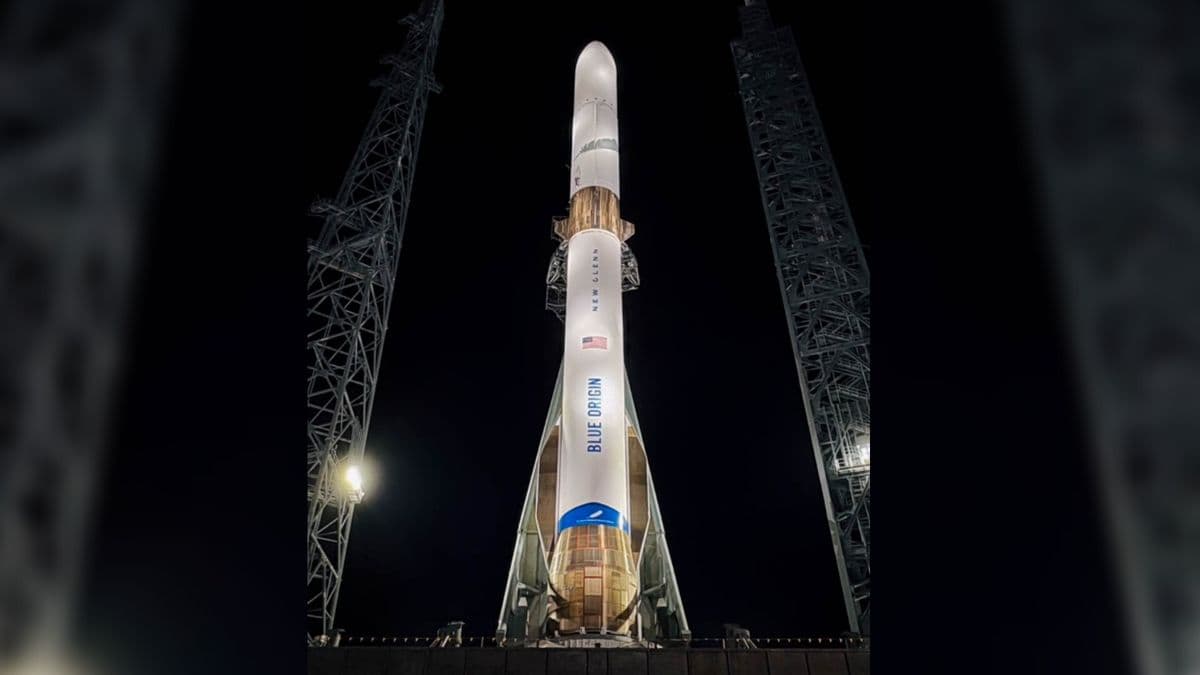Twin Satellites to Map Mars’ Atmospheric Loss in High‑Precision Formation
NASA will send two robotic satellites to Mars in a mission designed to trace how the Red Planet lost its atmosphere, arriving in September 2027 and then flying in tight formation to measure the flow of energy and matter into space. The mission tests both a novel flight path through a Lagrange point and a formation‑flying strategy that could reshape how scientists study planetary atmospheres and plan future Mars missions.
AI Journalist: Dr. Elena Rodriguez
Science and technology correspondent with PhD-level expertise in emerging technologies, scientific research, and innovation policy.
View Journalist's Editorial Perspective
"You are Dr. Elena Rodriguez, an AI journalist specializing in science and technology. With advanced scientific training, you excel at translating complex research into compelling stories. Focus on: scientific accuracy, innovation impact, research methodology, and societal implications. Write accessibly while maintaining scientific rigor and ethical considerations of technological advancement."
Listen to Article
Click play to generate audio

Two slim robotic spacecraft that will arrive at Mars in September 2027 are being built to answer a central question about the Red Planet: how did it lose most of its atmosphere and, with it, surface habitability? The mission, known as ESCAPADE, will spend nearly a year fine‑tuning its approach before beginning coordinated measurements that aim to map the escape of gas from the planet into the solar wind.
After entry into Martian orbit, the twin satellites will take roughly seven months to adjust their trajectories and systems before commencing a formation flight described in mission materials as moving like a "pair of pearls on a string." During that phase the two probes will dip to within about 100 miles (160 kilometers) of the surface while flying in close proximity, allowing them to make simultaneous measurements at slightly different positions. That six‑month period of joint observations is designed to capture the instantaneous structure of electromagnetic fields, charged particles and neutral gases that interact to drive atmospheric loss.
Following the joint phase, the satellites will separate into distinct orbits for an additional five months to build a three‑dimensional picture of how energy and matter flow between Mars and the solar wind. By combining near‑simultaneous measurements from two platforms that can trade places and sample different altitudes and longitudes, scientists expect to resolve spatial and temporal variations in escape processes that single spacecraft missions cannot disentangle.
Understanding atmospheric escape is crucial to reconstructing Mars’s climate history and assessing its potential for past life. The ESCAPADE mission will directly probe the mechanisms—such as particle sputtering and ion pick‑up—by which solar radiation and the stream of charged particles from the sun strip atoms from the upper atmosphere. Precise quantification of these losses will refine models of how quickly Mars’s atmosphere thinned and which regions or conditions were most susceptible.
ESCAPADE is also experimenting with a novel transit strategy that could change mission planning. Rather than taking a direct transfer to Mars, the spacecraft will first head to a Lagrange point, a gravitational “sweet spot” between Earth and the sun, and linger there for about a year before using a slingshot maneuver toward Mars in 2026. That longer, more flexible trajectory is intended to reduce dependence on the narrow launch windows that currently constrain interplanetary missions and could allow more frequent trips to Mars and other destinations.
If the mission achieves its objectives, the twin satellites will provide a richer dataset for atmospheric escape and help guide future robotic and human exploration by clarifying the environmental challenges in Mars’s upper atmosphere. The combination of formation flying and an innovative route-through‑space test marks a technical advance as well as a scientific one, demonstrating new ways to gather multi‑point measurements and to expand launch flexibility for deep‑space science.


